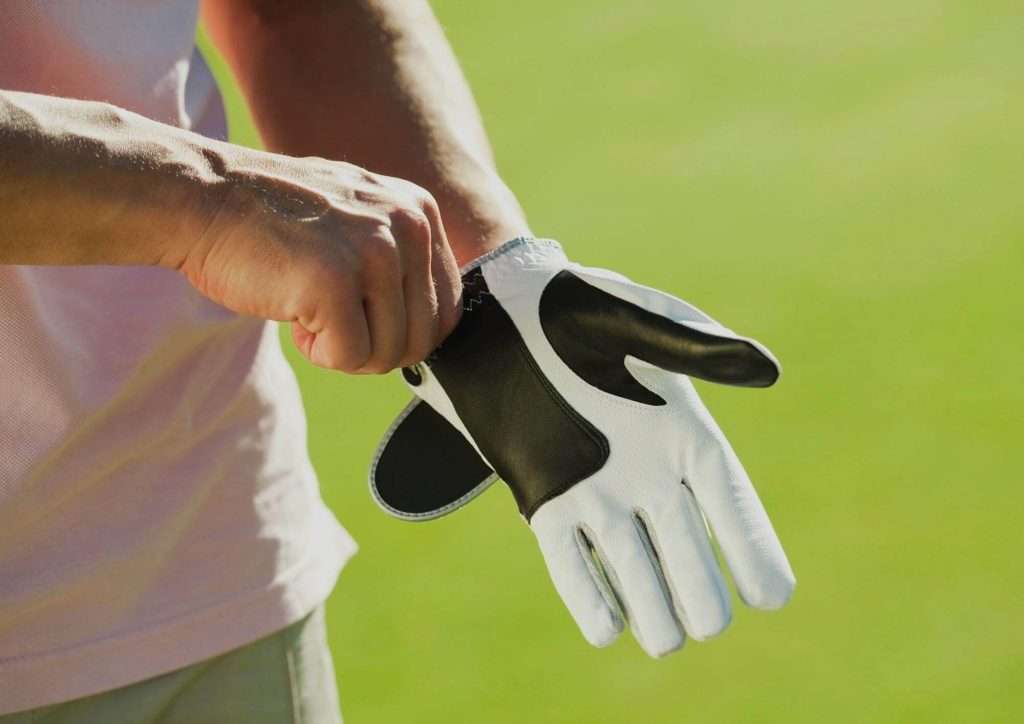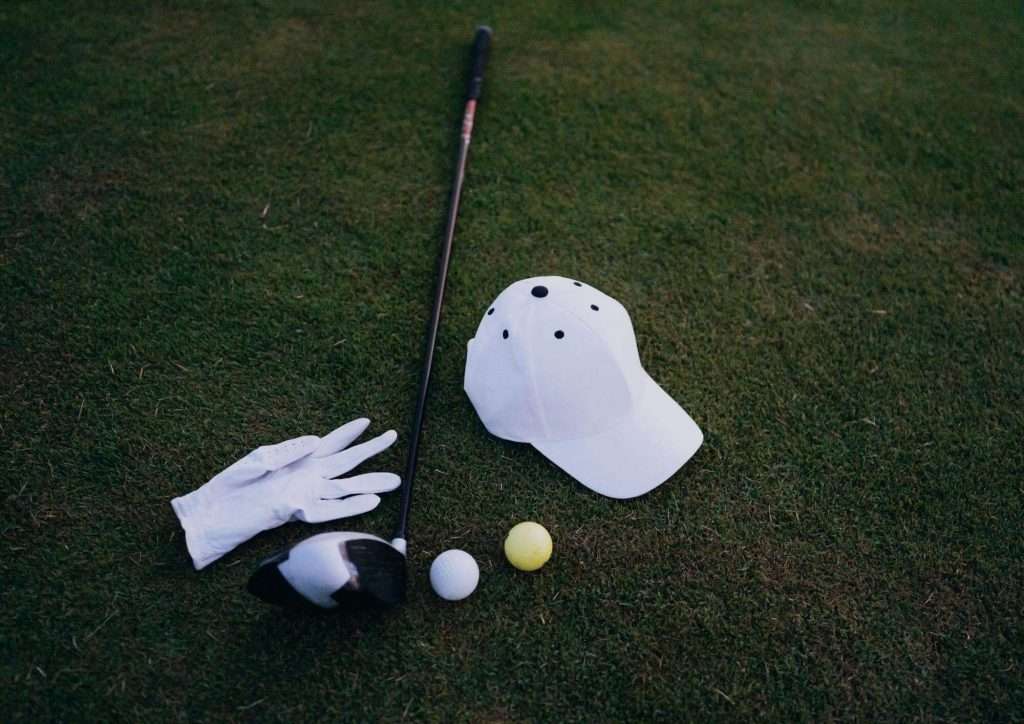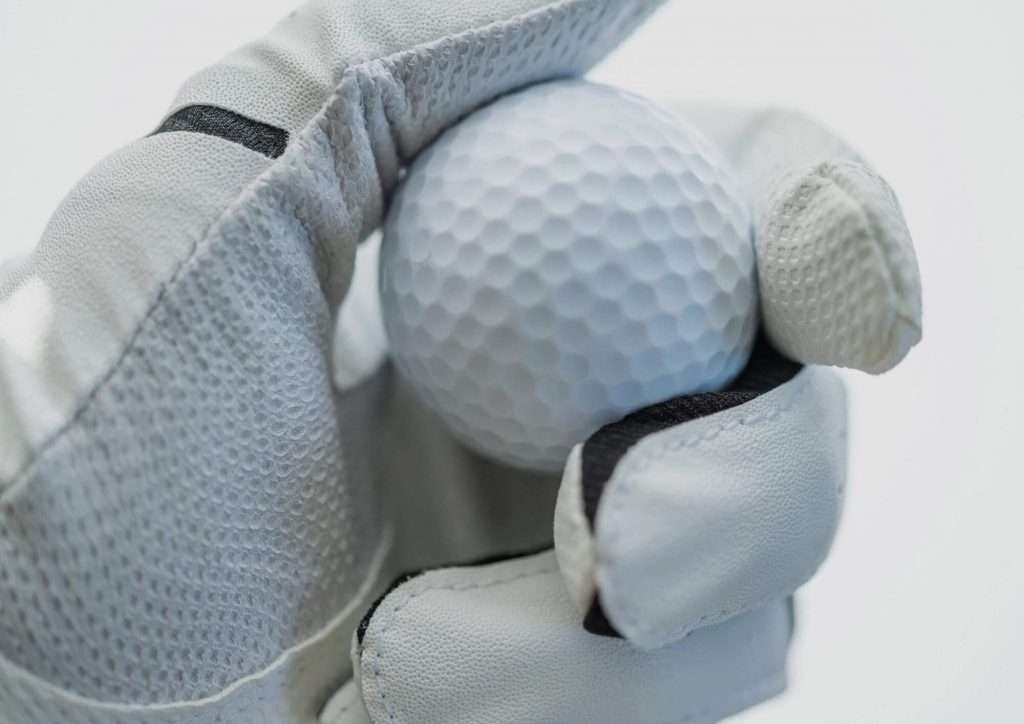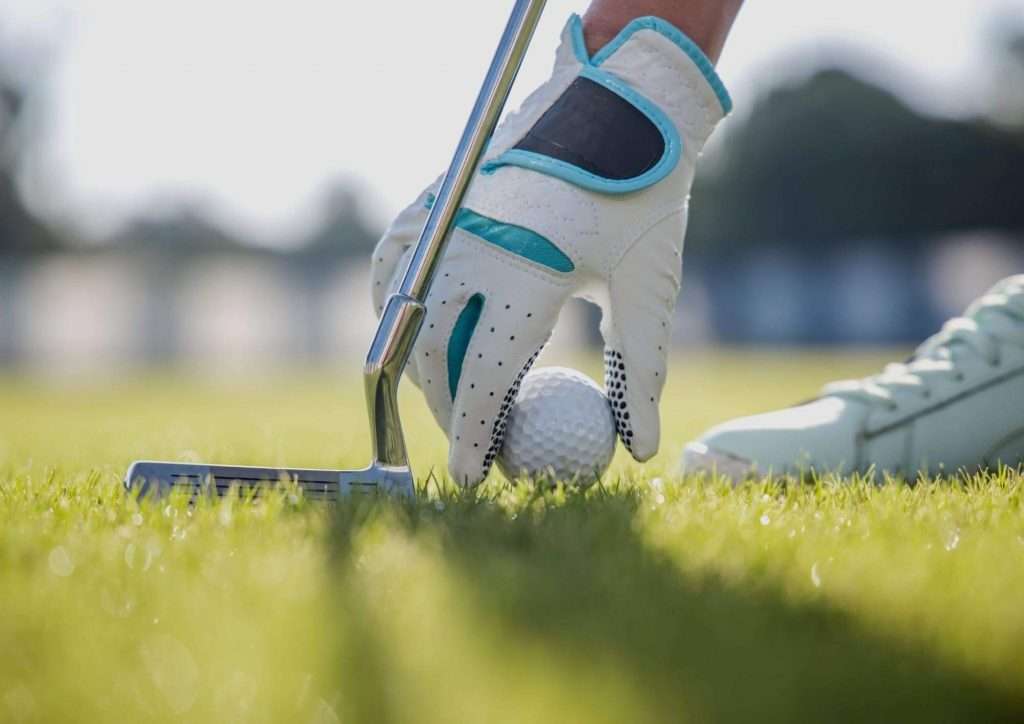Golf gloves – some say they wear them purely for fashion, while others wear them to ensure they have a good grip on the club. While amateur golfers often overlook the importance of a snug-fitting pair of golf gloves, pro golfers, on the other hand, know how crucial they are to a good game.
Besides deciding whether wearing a golf glove during a game is necessary, another question that everyone seems to be curious about is: what hand do you wear a golf glove on?
So, which hand is it really? The right or the left hand? In light of this question, we cover in this article all the essential information you need to know about golf gloves, including details you may not have considered asking about.
What Hand Do You Wear A Golf Glove On and Why?

If you watch or play golf often, you’ve probably seen golfers only wear gloves on one hand. This is because golf gloves are usually worn on the weaker hand on top of the grip.
Here’s how to determine which is your less dominant hand:
- For right-handed golfers, your left hand is the opposite or weak hand, which means you should wear your glove on the left hand.
- For left-handed golfers, your right hand is your less dominant hand, so you wear your golf glove on that hand.
The reason for this practice is that your lead or dominant hand is placed on your golf club, so the grip of this hand is critical. The other hand is often left bare because golfers think it gives them a better feel for the club and lets them keep the grip they want with their lead hand.
Why Should You Wear a Golf Glove?

Has it made you wonder why some golfers wear gloves while others don’t when they’re out in the open field swinging their club? If that is the case, then there’s not much point in wearing gloves, don’t you think?
But not exactly! Although golf gloves are not required, most professionals recommend them for golfers of all levels for the following reasons:
1. Better Grip
Gloves are handy for golfers with unstable grips. When the grip is slippery, there tends to be more tension in the hands and arms, which is not good. With gloves on, you can get a good golf grip on the club without squeezing it too tightly ( as this can affect your swing).
2. Increased Comfort
Golfing usually lasts more than a couple of hours. If you have never played before, your hands can get very tired from tightly gripping golf clubs all afternoon. With a golf glove, you can have a lighter grip on the club without losing control. This lets you swing as efficiently as possible.
3. Keeping blisters at bay
Golfers who play often can also get blisters on their hands from repeated swings, and gloves can help prevent this. Though wearing gloves isn’t the best solution, it can reduce the chances of blisters and calluses forming. Some golfers also tape areas of their hands that tend to get blisters.
Factors to Consider When Choosing Golf Gloves

Many golfers wear two golf gloves; some never take them off, while others don’t wear gloves at all. Whatever your personal preference is, you should try different combinations to determine what works best for you on the golf course.
Here are some factors to keep in mind when choosing golf gloves to ensure that you find a well-fitting pair:
1. The Right Size/Fit
A golf glove should be a perfect fit for your hand because if it is a loose glove, it will slip around your hand, making it difficult to grip the golf club, resulting in poor shots. At the same time, the glove shouldn’t feel too tight, like it’s restricting blood circulation. Make sure you choose the right size of gloves so they fit correctly.
Golf gloves are available in standard sizes (regular and youth), with some brands also offering custom sizing. You can determine your size by measuring the distance between the bottom of your palm and the tip of your middle finger. Youth-sized glove measures between 6.25 and 7 inches, while standard golf gloves range from about 8 to 10.5 inches for men and 7 to 8.5 inches for women’s golf gloves.
2. Choose a material that feels right to you.
Most golfers prefer soft leather gloves or synthetic gloves that they can wear with any club and in various conditions. For instance, a fine Cabretta leather glove will have a soft, form-fitting texture, whereas gloves made of synthetic material can resemble the texture of leather. Some companies, however, make weather-specific gloves, such as winter gloves or those for humid weather.
3. Look for golf glove functionality.
The golf glove you choose should have padding in the palm. Better gloves have stretchy material at the knuckles, allowing your glove to flex as you grip the club. Try out more than one brand to find the one that fits your hand shape best.
How to Clean Your Golf Gloves

Using the same crumpled and water-stained glove repeatedly affects your image on the field and your grip. Golf gloves might not cost much, but that does not mean you should not handle them properly.
Maintain the grip of your glove and help keep your swing straight and true with these care tips:
- Don’t let your glove get too wet. Take off your glove before using a ball washing station or grabbing a ball from a water trap.
- Remember always to air dry your gloves. If you expose leather to extreme heat, it will likely result in cracking and/or shrinking.
- In between rounds, take your glove off and let it air out. You might want to bring an extra glove in your golf bag to switch between rounds.
- After a game, wash your glove on a delicate cycle or by hand to get rid of the dirt and grit.
- Perspiration or salt on your glove’s surface will cause it to break down, so don’t use your leather Cabretta glove as a towel.
When to Replace
Even if you take good care of your synthetic leather golf gloves, you’ll eventually need to replace them. Regardless of how long you’ve had your golf glove, it’s time to get a new one if:
- It has shrunk or cracked due to heat exposure
- It is too dirty that cannot simply be washed away
- It becomes too stiff or uncomfortable, as it can become a distraction
- There is a hole in the palm or fingertips, as these damages are irreparable
Final Thoughts
So, which hand should you wear a golf glove on, and how do you find the right size and fit? So there’s your answer: If you’re a right-handed golfer, you’re likely to find a size that fits you comfortably at any sporting goods or golf store. Left-handed players, however, will not have as much luck as their opposites.
In any case, if you play golf most often, you should always wear a golf glove. With gloves, you can get a better grip and make your hands less vulnerable to blisters (so you won’t need to deal with painful blisters often), helping bring your golf game to the next level.
